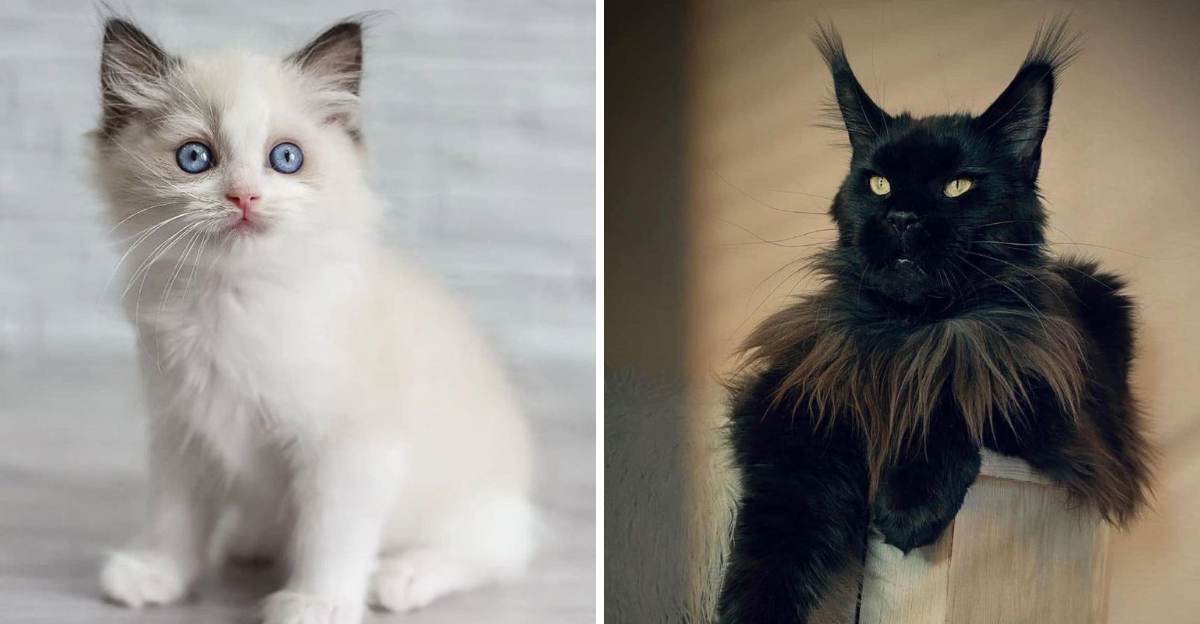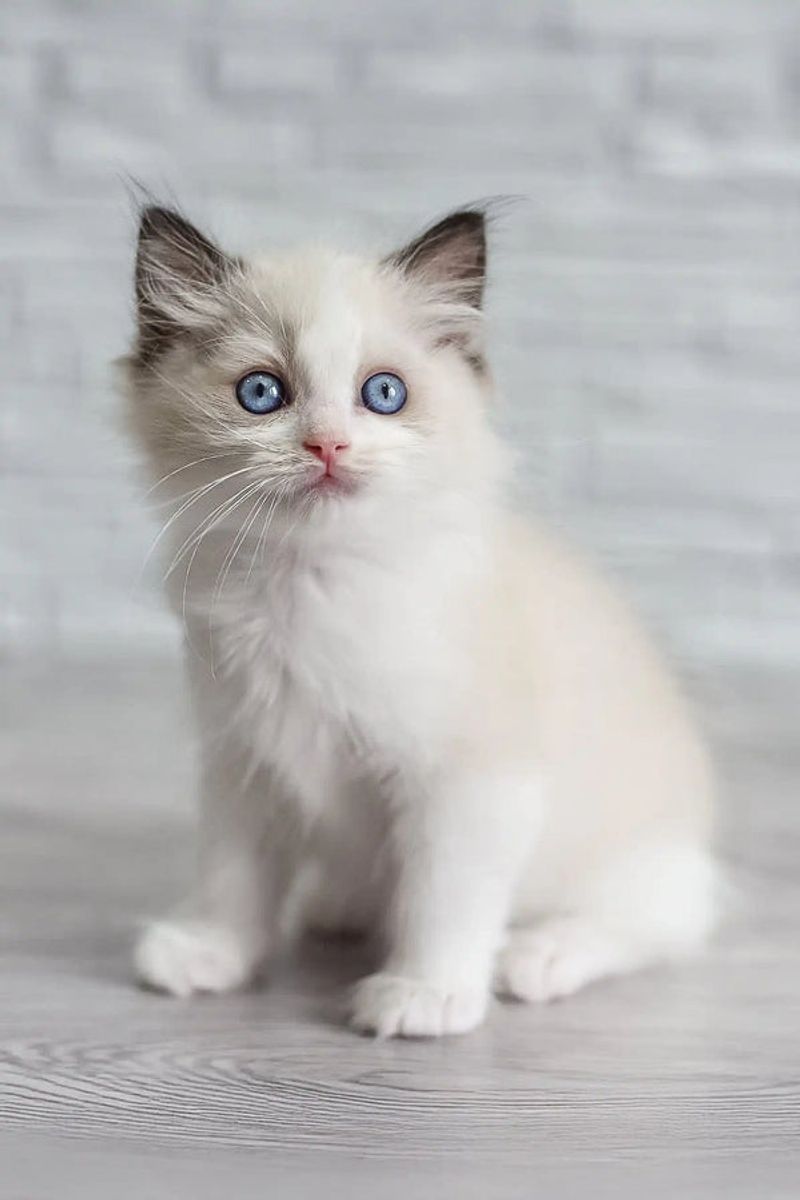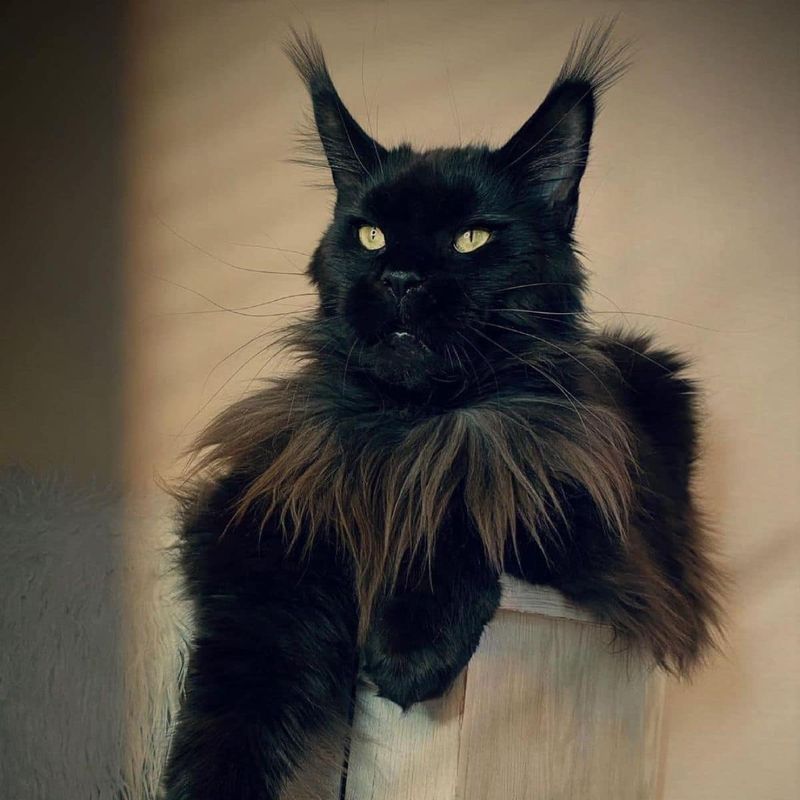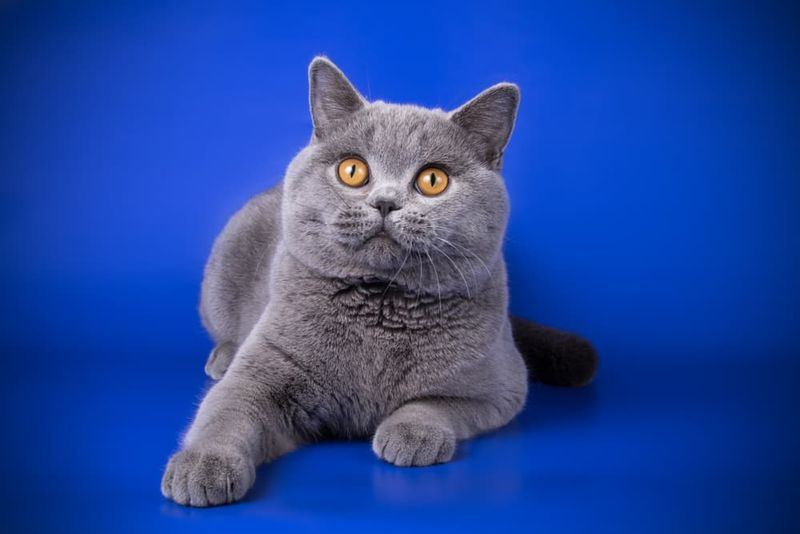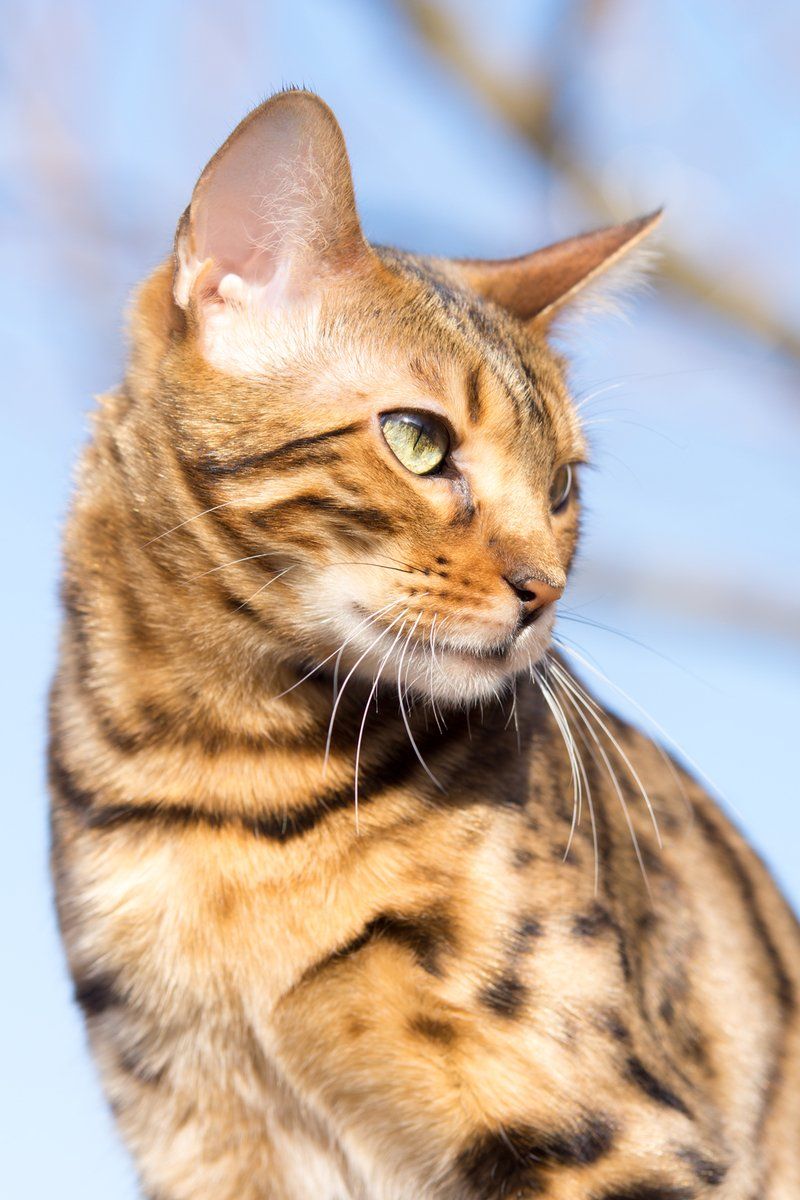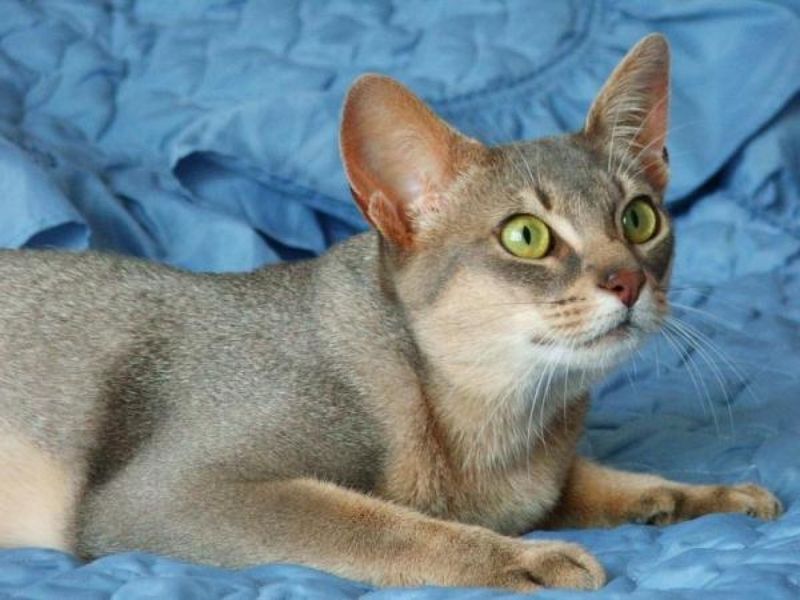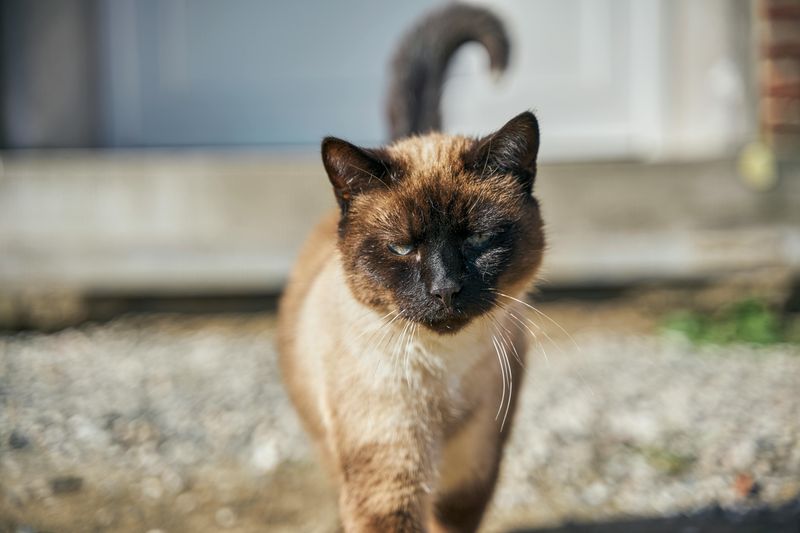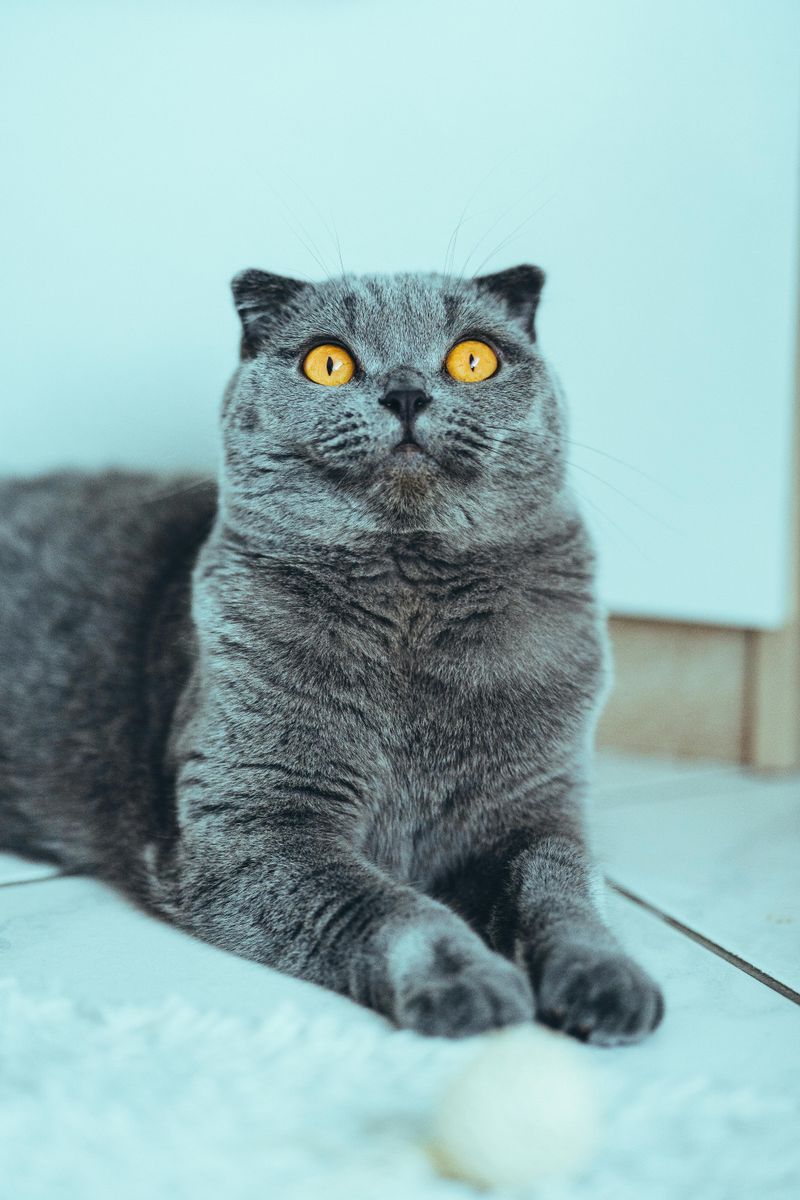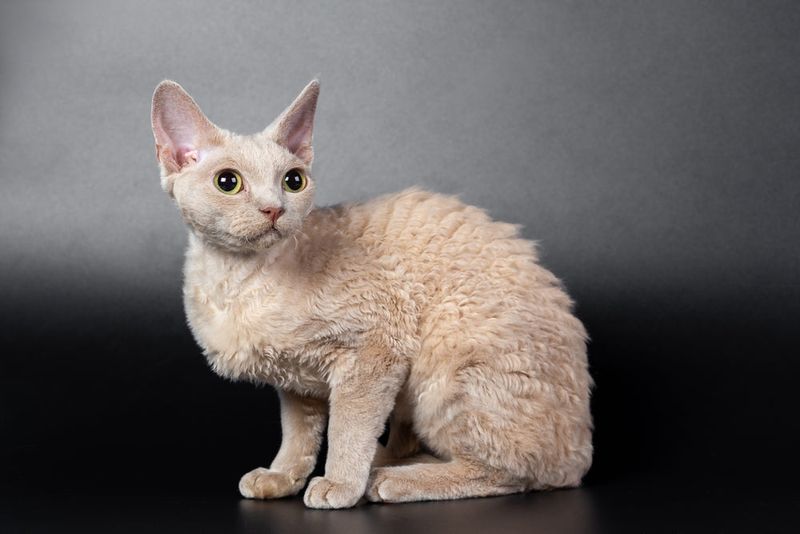📖 Table of Content:
Photographing cats can be a delightful challenge. Some felines naturally strike picture-perfect poses, holding still with an almost regal presence. Others dart away at the sight of a camera, leaving behind only a blur of fur and motion.
Breed tendencies often influence how a cat reacts to being photographed. Certain breeds are more patient, relaxed, or curious—traits that make them easier to capture on camera. Others are more energetic or wary, turning photo sessions into spontaneous sprints.
Understanding these behavioral patterns can make a noticeable difference. Choosing a photogenic breed or adjusting expectations based on temperament helps avoid unnecessary frustration. A little insight into feline behavior can lead to clearer, calmer, and more captivating photos.
1. Ragdoll
Ragdolls earned their name from their tendency to go limp when picked up, making them natural models for photography. Their striking blue eyes and semi-longhaired coat create magazine-worthy images with minimal effort.
These gentle giants possess a remarkably calm temperament that photographers dream about. While other cats dash away at the sight of a camera, Ragdolls often maintain their relaxed pose, allowing you to adjust lighting or try different angles.
Their color-point pattern (darker extremities with lighter bodies) creates natural contrast in photos, highlighting their beautiful facial structure. Even amateur photographers can capture stunning portraits of these cooperative felines.
2. Maine Coon
With their commanding presence and rugged good looks, Maine Coons turn every snapshot into a statement. Their thick fur, lynx-like ear tufts, and grand tail form a regal outline that’s effortlessly photogenic.
Known as gentle giants, these cats often remain patient during photo sessions. Their expressive faces with high cheekbones and strong chins give them a regal appearance that translates wonderfully to photographs.
The variety of coat colors and patterns means each Maine Coon looks unique in photos. Their natural curiosity often leads to engaging poses as they investigate the camera, resulting in captivating images that showcase their personality and magnificent features.
3. British Shorthair
There’s something effortlessly photogenic about British Shorthairs. Their serious little faces, framed by thick fur and soft features, give them the look of a dignified teddy bear.
These cats maintain a dignified composure most of the time. Their tendency to move deliberately rather than darting around makes them cooperative photography subjects, especially in familiar environments.
The classic blue-gray coat (though they come in many colors) photographs beautifully in natural light, showing subtle color variations. British Shorthairs often hold poses naturally without training, making them ideal subjects for both professional photographers and casual pet parents wanting quality snapshots.
1. Bengal
Photographing a Bengal is like trying to freeze a wild moment in time. Their leopard-like spots and nonstop motion turn every session into a blur of excitement.
Their stunning spotted or marbled coats resemble wild leopards, but good luck showcasing those markings when they’re constantly in motion! Bengals jump, climb, and investigate everything at lightning speed. Even professional photographers find themselves chasing these energetic felines around the room.
Fast shutter speeds become absolutely necessary equipment. Bengal owners often resort to action photography techniques normally reserved for sports, using burst mode to capture at least one clear shot among dozens of colorful blurs. Their playful nature makes stationary poses nearly impossible.
2. Abyssinian
Abyssinians believe sitting still wastes precious playtime. These athletic cats possess a ticked coat that would photograph beautifully—if they ever stopped moving long enough for the camera to focus!
Nicknamed “Aby-silly-ans” by frustrated photographers, these cats approach life with perpetual curiosity and lightning-quick reflexes. Their slender bodies seem constantly in motion, darting from one activity to the next without pause.
When attempting portraits, Abyssinian owners often end up with artistic blurs of ruddy, fawn, or blue streaks across the frame. The rare clear photo becomes a prized possession, usually captured during those brief moments of exhaustion after intense play sessions. Their expressive faces make the challenge worthwhile.
3. Siamese
The elegance of Siamese cats, from their vivid blue eyes to their sleek, contrasting coats, makes them ideal subjects for portraiture—if only their dramatic personalities didn’t complicate each session.
These vocal cats often express loud disagreement with photography sessions. They’ll investigate the camera closely one moment, then dart away the next, leaving you with extreme close-ups of whiskers followed by empty frames.
Their lean, athletic bodies enable impressive acrobatics that frustrate photographers. Siamese cats seem to sense the exact moment you’ve adjusted focus and settings, choosing that precise time to relocate elsewhere. When they do cooperate, the results can be stunning, showcasing their elegant features and intelligent expressions.
4. Scottish Fold
With their endearing folded ears and sweet, round faces, Scottish Folds seem destined for the camera. Yet their mischievous nature often turns a simple photo session into delightful mayhem.
Just when you’ve set up the perfect shot, a Scottish Fold will suddenly decide the camera strap is a fascinating toy or that behind the sofa is a better location. Their playful nature means they’re constantly finding new ways to escape the frame.
When they do sit still, their uniquely adorable expressions make for frame-worthy photos. Unfortunately, those moments typically last milliseconds before they’re off again on another adventure. Scottish Fold owners learn to keep their cameras ready at all times, hoping to catch those rare stationary moments.
5. Devon Rex
Photographing a Devon Rex is less a photo session and more a workout. Their giant ears, curly coats, and sleek frames are camera-ready—if only they’d stop ricocheting off the furniture.
These mischievous felines approach life as one big playground. Their extraordinary jumping ability means they’re rarely at a stable height or position for more than a split second. Devon Rex owners often end up with photos of empty spaces where a cat was moments before.
Their intelligence makes them particularly challenging subjects. They quickly learn to recognize cameras and may deliberately avoid them or turn photography sessions into games of chase. When you do manage a clear shot, their elfin faces and curly whiskers create uniquely charming images worth the considerable effort.
